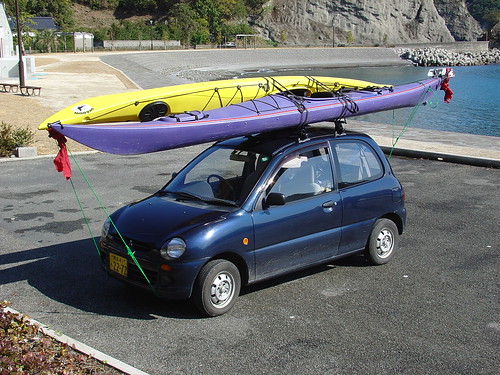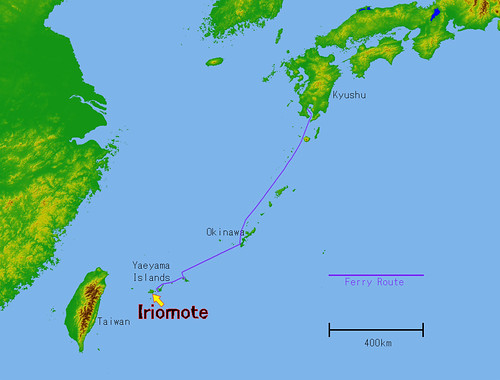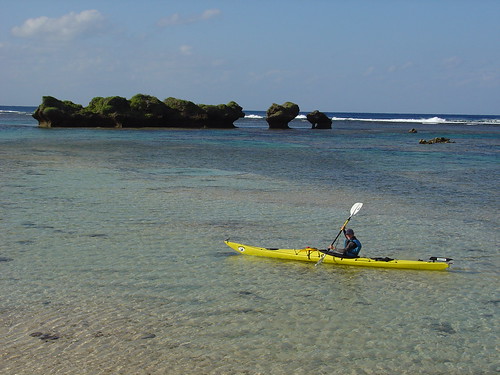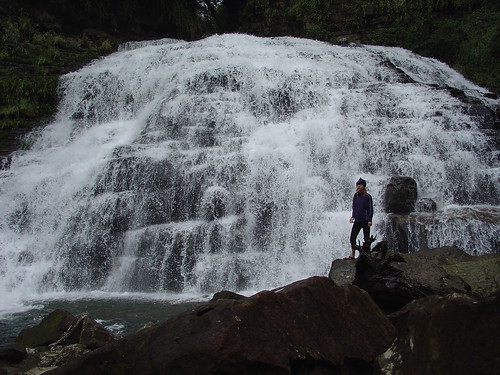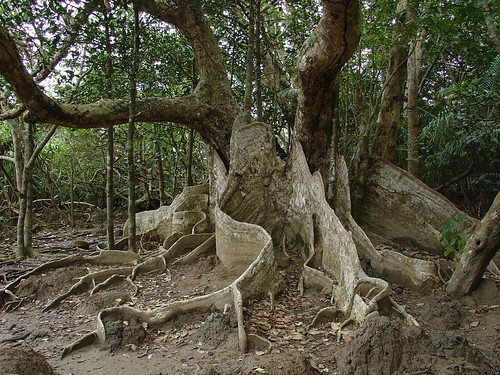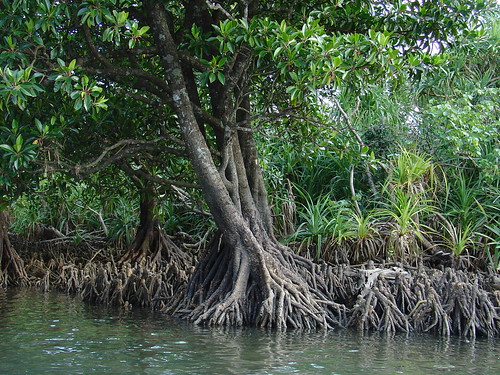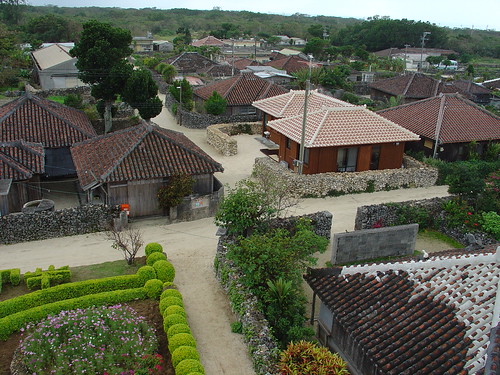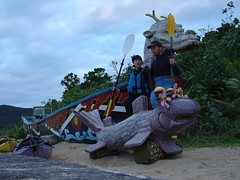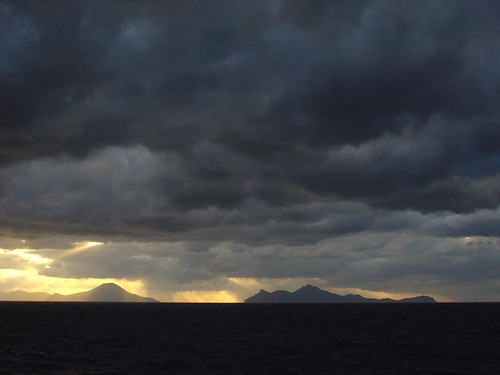Winter trip to Okinawa- the mini does the job!
With the sea surrounding us on all sides, living on an island in Japan compelled us to purchase two second hand sea kayaks. With a weekend full of instruction on technique, rescue and safety, some kayak books bought and skimmed through, we strapped our 5 meter kayaks on top of our Mitsubishi 660cc mini car and embarked on a zealous adventure to the southern islands in Okinawa prefecture.
Labels: kayak expedition シーカヤック遠征
